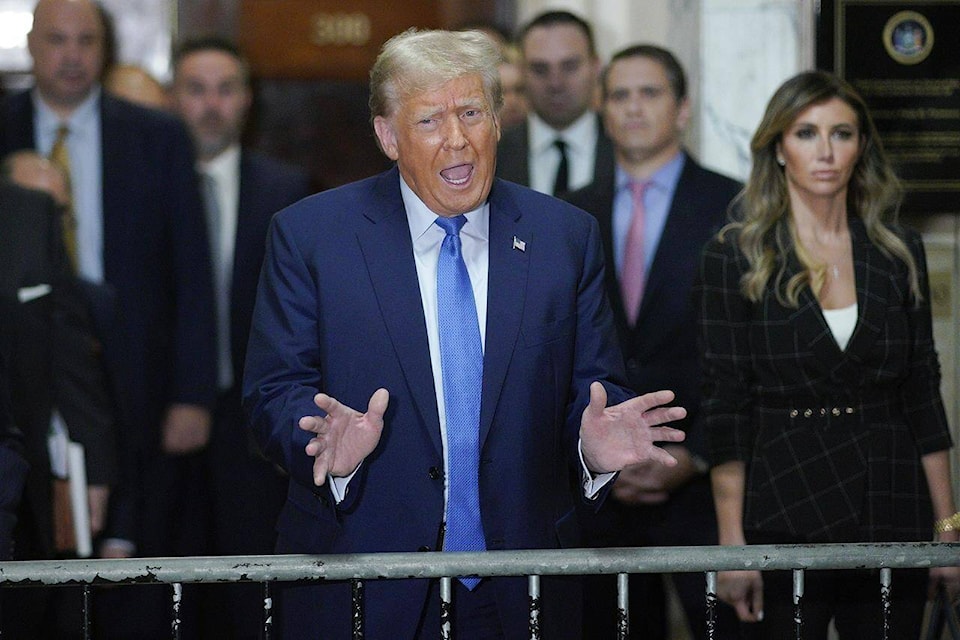Unique in modern history are the examples of Donald Trump’s unorthodox strategies, his thin skin and harsh attacks on his critics (some would call it bullying) and his impulsivity, which offer important lessons for leaders if we combine his tactics with research on what makes leaders successful and unsuccessful.
First, as voters, those who do not wish to see the world burn, we need to distinguish between obtaining a leadership position, and actually being successful in a leadership position. The factors that get you into a leadership position are somewhat different than those that make you an effective leader. Trump is white, male, and confident. These attributes likely helped him get elected. Appearing powerful also helps in attaining leadership positions. Again, Trump benefits. But here’s where it gets interesting.
Importantly, Trump puts himself at the centre of the nation’s leadership, “I alone can fix our problems.” This is authoritarian leadership, and generally not effective in the long run. The reality is that leadership, particularly of a nation, is complex and takes the leader working in concert with the inner circle, and with others. In the long run, top-down, authoritarian leadership is less effective than shared, team leadership.
So, what’s the bottom line? Like Trump, Pierre Poilievre may have been able to accomplish short-term goals. In the long run, leadership research suggests that he will not be effective in the long-term, which is not a leadership Canada can afford.
William Perry
Victoria



